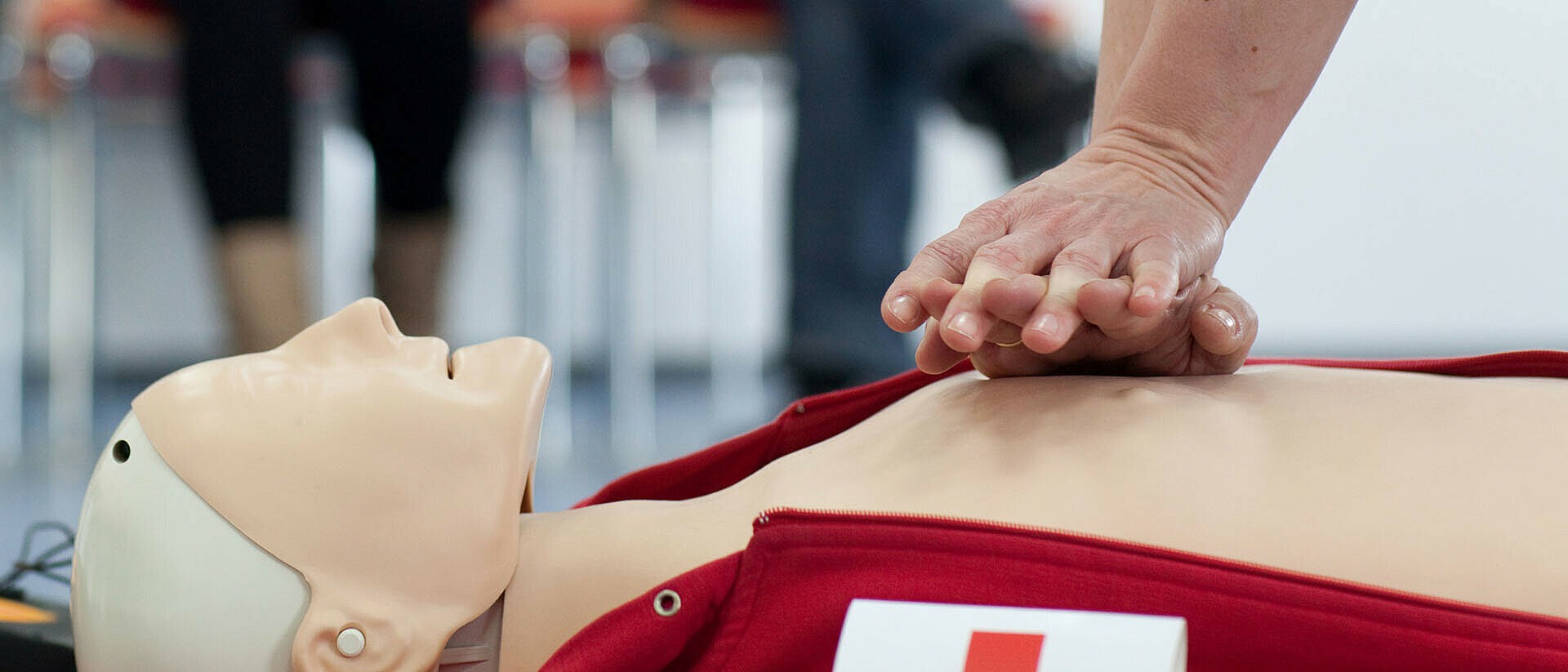


 349,500 Offered Certificates
349,500 Offered Certificates
 24/7 Online Training
24/7 Online Training
 Money Back Guarantee
Money Back Guarantee
 Fully Accredited Courses
Fully Accredited Courses

Created at: 25-02-2025 14:32
In any workplace, preparedness is a cornerstone of safety. Emergencies can happen without warning, and knowing how to respond can mean the difference between life and death. This is where First Aid training and CPR certification come into play. Investing in your employees' health and safety is not only about compliance; it’s about fostering a culture of care that benefits everyone. In this guide, we will explore the vital importance of these skills, the benefits they offer, and how your team can get trained effectively.
First Aid and CPR certification is a crucial component of workplace safety. Employers benefit from having trained personnel who can respond to emergencies, reducing the risk of serious injuries. In many jurisdictions, maintaining a First Aid compliance program is also a legal requirement. Without proper training, you may face significant repercussions following an incident.
Learning effective CPR techniques is a pivotal aspect of First Aid training. These techniques can help revive someone suffering from cardiac arrest and drastically increase their chance of survival. Key aspects of CPR include:
Workplace health and safety regulations often mandate that businesses have trained First Aid responders on-site, particularly in hazardous environments. Understanding and complying with these regulations is vital, and includes:
First Aid training encompasses essential techniques that every employee should master. Key procedures include:
When it comes to First Aid courses, options range from Emergency First Aid Training Courses to Online First Aid Courses. Considerations for choosing the right training include:
Online training has become increasingly popular, allowing employees to learn at their own pace. However, in-person training provides hands-on practice, especially for skills like CPR. Consider a blended approach to maximize learning:
Implementing a focused First Aid training program enhances the safety and compliance of your workplace tremendously. Empower your employees by equipping them with vital emergency medical response skills—and in doing so, create a culture of safety and preparedness. Don't wait for an emergency to act; enroll in a comprehensive First Aid & CPR training course today! For inquiries, contact us at [email protected].